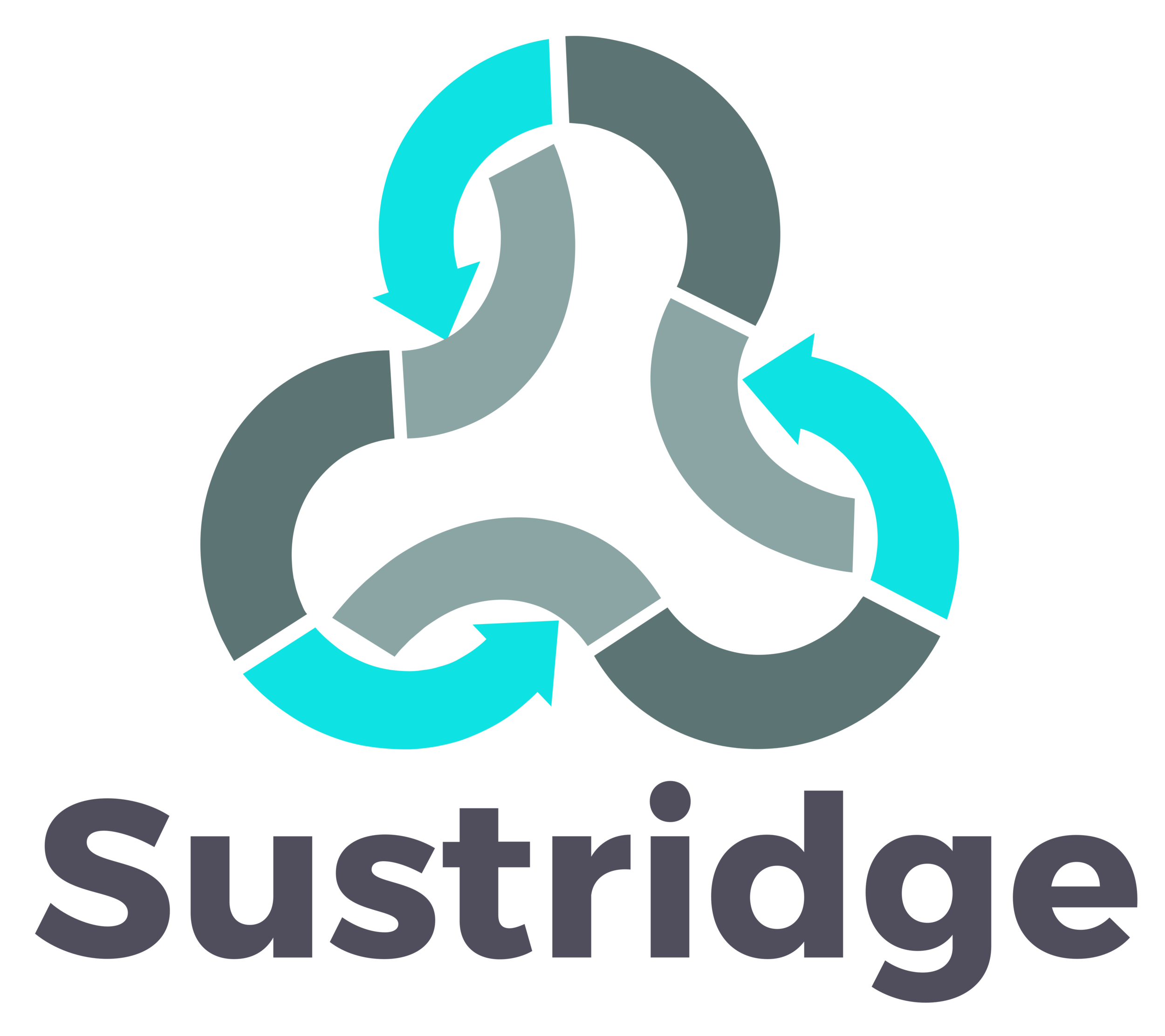Gil Friend - Chief Sustainability Officer, City of Palo Alto
Gil Friend, Chief Sustainability Officer at the City of Palo Alto
Gil joins Sustainable Nation to discuss:
Leading sustainability in silicon valley
The role of a Chief Sustainability Officer in government
Addressing the complex issue of transportation in cities
Advice for other sustainability professionals
Gil Friend's Final Five responses:
What is one piece of advice you'd like to give sustainability professionals that might help them in their careers?
For sustainability professional, I would say diversify your education and background. We need to be thinking about biology and ecology. We need to be thinking about business and finance. We need to be thinking about physics and engineering. Need to be thinking about a politics and persuasion and fundamentally how to have engaged powerful conversations, even with people who don't see things the same way we do.
What are you most excited about today in the world of sustainability and regenerative development?
Let me answer both of those separately. In the world sustainability, I'm most excited about the growing attention to getting the prices right, to exposing the subsidies that support the fossil fuel industry, and to putting a price on carbon so the marketplace can actually help us make intelligent decisions about where we invest and where we buy. With regard to regenerative development, I think just the fact that that word is on the landscape is a very hopeful sign. You know, sustainability in itself not a terribly exciting concept. It speaks to kind of keeping things the way they have been in the way that they've been isn't good enough. So more and more people are talking about how do we build regenerative economies that actually grow the creative and productive capacity of our communities. And I'm pleased to be participating in a first conference on building a regenerative economy scheduling San Francisco for early May. So we'll see more about that.
And what was the name of that conference?
Regenerative Economies
What is one book you'd recommend sustainability professionals read?
Drawdown. Recently released the edited by Paul Hawken with a team of a couple of hundred, a brilliant researchers who've looked in detail, how do you slow climate change, but how do you reverse it? How do you slow the emissions of greenhouse gases in the atmosphere, but actually draw them down, reduced carbon in the atmosphere. A hundred analytically vetted, detailed supported strategies that can actually do that. Full of detail, full of inspiration, a really critical handbook for us all right now.
What are some tools or resources that really help you in the work that you do?
Great question. I would say the general class of visual visualization tools, I find really powerful. Tools that help people see the trends and the patterns in the data. Not Looking through reviews of spreadsheets or pages and pages of text, but simple pictures and graphs that show the change of trends over time. The ratios of things we care about. So not just energy use, but energy use per dollar of revenue per capita population. And the comparative benchmarks that show my city, my company, my department in my household is doing compared to others, because that's one of the most powerful ways of unlocking, not just the competitive spirit, but the sense of possibility. If someone is doing the same thing that I'm doing and doing it better than me, in theory, I could do it better. There's something to learn there. So that's been very powerful tool for us.
Finally, where can our listeners follow you and the work that you are leading at Palo Alto?
Thank you for asking. They can follow me on twitter at Gfriend, and on linkedin. They can follow on my website at natlogic.com. You'll see my writing there and I've just started doing a monthly column at Green Biz. First one just published last week was about how businesses can learn to navigate the anthropocene. And I think we don't have time for the definition, but you will find it right at the top of the article there.

